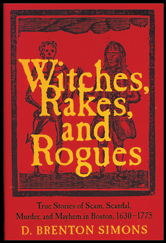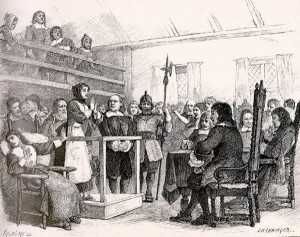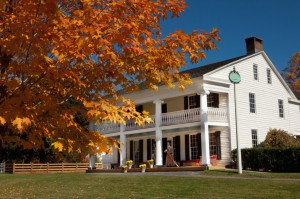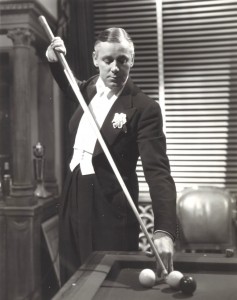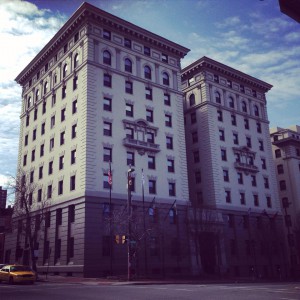
I have written here before about the family of my maternal grandmother, Pauline Glidden Bell (1903–1968), who died when I was a small boy – I only just remember her. With her, one could say, died a part of my family history, although in fact her daughter and her husband both died in 1994, when I was an adult. Grandmother’s brother and sister outlived her, and I’m sorry I never met Uncle Ted or Aunt Miriam in person. Still, a lot of Glidden family stories came down to me through my mother, and I wish I could have discussed (and checked!) them with my grandmother. Continue reading Keeping memory alive

